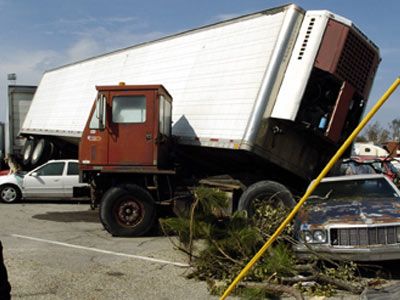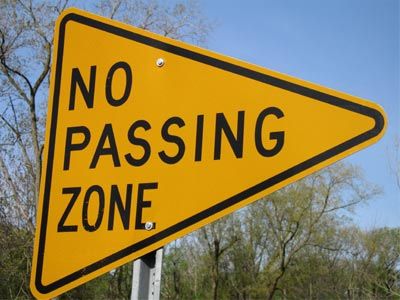No matter how much the kids are screaming and the wife is glaring, the answer to "Are we there yet?" while taking a trip with a trailer doesn't mean you can just give it a little more gas. Towing a trailer is tricky business, and more speed makes it all the more complicated.
So what makes driving with a trailer so challenging? A number of factors can play a role, but the most basic items to consider are the increase in overall weight and the connection between the vehicles. If you add ingredients like heavy traffic or high winds to the mix, there's definitely the potential for trouble. And while you can't control the traffic or the weather (although you can pull over and wait for them to improve), one thing you can control is your speed.
Advertisement
It may take longer to safely accomplish driving maneuvers with a trailer, but since other drivers' (not to mention other passengers' and pedestrians') lives are on the line, hitting the road with a trailer isn't a free-for-all, and speed takes a back seat.
That being said, just how fast is the max? On the next page, we'll discuss some recommended speeds for towing.
Advertisement



